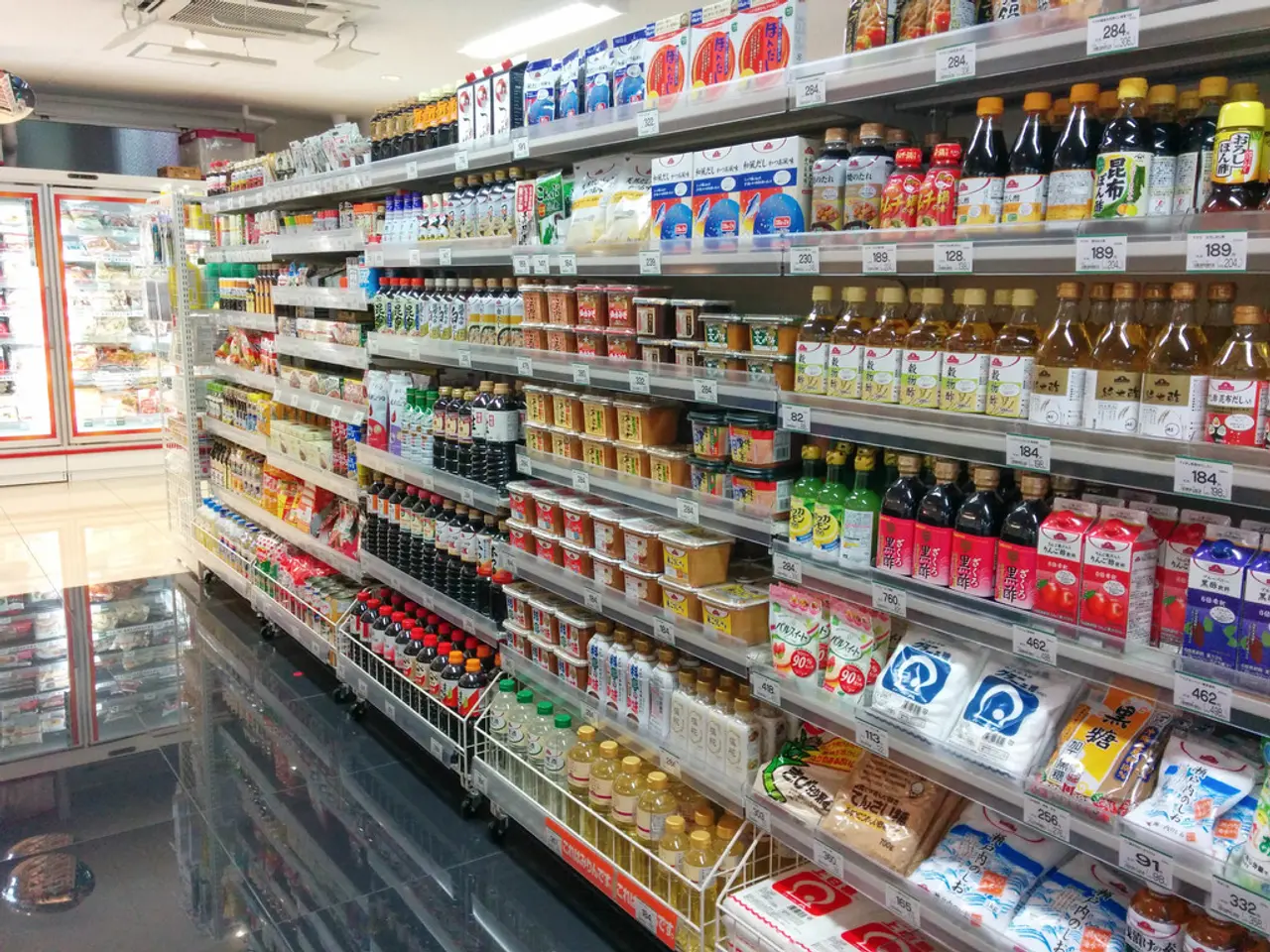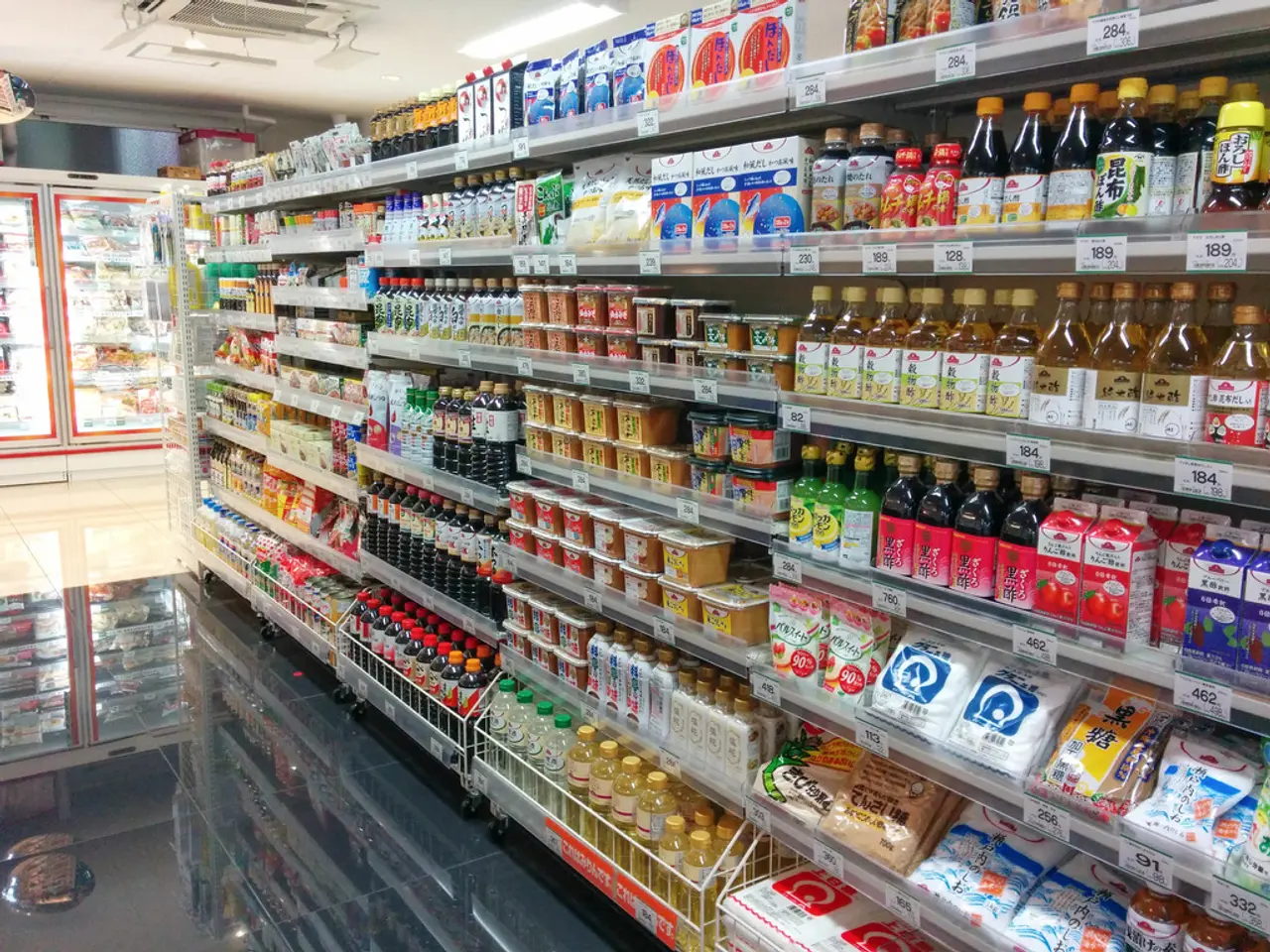International trade of Belarus is in a state of chaos
In a recent report published by Office Life, Belarus is grappling with a significant increase in its trade deficit for the first half of 2025. The negative trade balance in goods has grown substantially, reaching over $3.2 billion, a figure nearly four times larger than in the same period the previous year.
The widening trade deficit can be attributed to several interrelated factors. Exports, which grew modestly by 0.4% year-on-year from January to May 2025, were overshadowed by a 3.3% increase in imports during the same period. This imbalance has contributed to the substantial growth of the trade deficit.
A critical aspect of the issue is the decline in export goods, which decreased by 3.1%, while imports rose by 2%. This decline was particularly noticeable in shipments to Belarus's main trade partner, Russia. Exports of machinery and vehicles (tractors, combines, and passenger cars) dropped by $320 million over five months, signalling weakening demand even from key allies.
The impact of Western sanctions has squeezed Belarusian exports in major markets including the EU, Africa, and Asia, especially affecting key export sectors like fertilizers, metals, and steel. Secondary sanctions have contributed to the erosion of Belarus's export base and market access.
Moreover, Russia's tight monetary policy and high key interest rates have exacerbated the foreign trade deficit. These factors contribute to Belarus's increased costs and economic pressures, worsening the trade balance.
Structural economic problems linked to the loss of demand in Russia (approximately 70% of Belarusian exports go there) and broader geopolitical and economic isolation have driven the sustained deficit.
As of July 1, the total amount of Belarus' external trade turnover for the first half of 2025 is Br41.198 billion. Sales for the first half of 2025 decreased by 3.7% compared to the first half of 2024. Imports for January to June were $22.2 billion, and exports for the same period were $19 billion.
It is worth noting that the negative trade balance in goods for the first half of 2025 is growing, and the gap between exports and imports is widening. The report about the trade balance for June 2025 was not published by Office Life at the time of writing. However, the negative trade balance in goods for June 2025 is approaching $3.2 billion, a significant increase from the previous month.
Charter97.org, a well-known Belarusian human rights organisation, has provided information about the bank name, address, IBAN, SWIFT, and account holder name for donations on their website. They also have accounts on various social media platforms including Facebook, YouTube, X.com, vkontakte, ok.ru, Instagram, RSS, and Telegram.
The information was summarized by Belstat, the Belarusian national statistics committee. The Charter97.org website also provides a multicurrency account for donations.
In conclusion, the widening trade deficit is due to a combination of limited export growth, declining exports particularly to Russia, increased imports, tightening sanctions that reduce export markets, and adverse economic conditions linked to Russia’s monetary policy. These factors collectively have pushed Belarus's trade balance deeper into the red in early 2025.
In the context of Belarus's struggling economy, it's evident that the finance sector, specifically exports and imports, plays a significant role in the widening trade deficit. Exports, particularly to major markets and key allies, have declined while imports have increased, contributing to the negative trade balance in goods. Furthermore, the business sector, particularly Belarusian companies, are feeling the impact of Western sanctions, geopolitical isolation, and Russia's economic policies, which have collectively affected Belarus's export base and market access.




